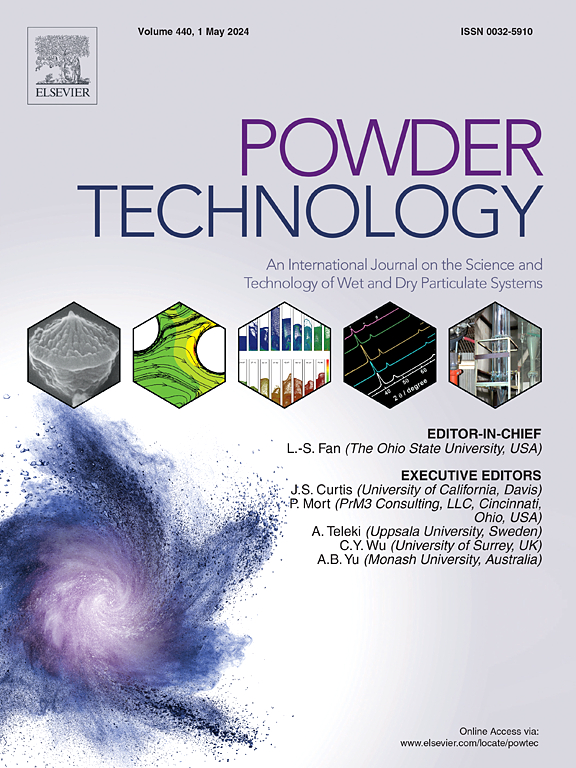Experimental investigation and prediction model development for the minimum explosion concentration of tungsten dust in hydrogen environments
IF 4.5
2区 工程技术
Q2 ENGINEERING, CHEMICAL
引用次数: 0
Abstract
The minimum explosion concentrations (MEC) of micrometer-size tungsten dust were measured in hydrogen environments with variable initial ignition energies. The results show that tungsten dust below the MEC will still explode mixed with hydrogen below the lower explosion limit (LEL) when the ignition energy is high enough, suggesting an interaction between the ignition energy and the concentration of the gaseous fuel. There is a discontinuity between the MEC curve of tungsten dust in hydrogen and the LEL point of hydrogen, which can not be explained by the ignition theory of volatile dust. On the basis of these phenomena, the ignition mechanism for the hybrid mixture of low-volatile dust/gaseous fuels was established, and a prediction model for the MEC of low-volatile dust in gaseous fuel environments was constructed. The work can provide essential parameters for explosion protection and theoretical support for dust process safety.

求助全文
约1分钟内获得全文
求助全文
来源期刊

Powder Technology
工程技术-工程:化工
CiteScore
9.90
自引率
15.40%
发文量
1047
审稿时长
46 days
期刊介绍:
Powder Technology is an International Journal on the Science and Technology of Wet and Dry Particulate Systems. Powder Technology publishes papers on all aspects of the formation of particles and their characterisation and on the study of systems containing particulate solids. No limitation is imposed on the size of the particles, which may range from nanometre scale, as in pigments or aerosols, to that of mined or quarried materials. The following list of topics is not intended to be comprehensive, but rather to indicate typical subjects which fall within the scope of the journal's interests:
Formation and synthesis of particles by precipitation and other methods.
Modification of particles by agglomeration, coating, comminution and attrition.
Characterisation of the size, shape, surface area, pore structure and strength of particles and agglomerates (including the origins and effects of inter particle forces).
Packing, failure, flow and permeability of assemblies of particles.
Particle-particle interactions and suspension rheology.
Handling and processing operations such as slurry flow, fluidization, pneumatic conveying.
Interactions between particles and their environment, including delivery of particulate products to the body.
Applications of particle technology in production of pharmaceuticals, chemicals, foods, pigments, structural, and functional materials and in environmental and energy related matters.
For materials-oriented contributions we are looking for articles revealing the effect of particle/powder characteristics (size, morphology and composition, in that order) on material performance or functionality and, ideally, comparison to any industrial standard.
 求助内容:
求助内容: 应助结果提醒方式:
应助结果提醒方式:


